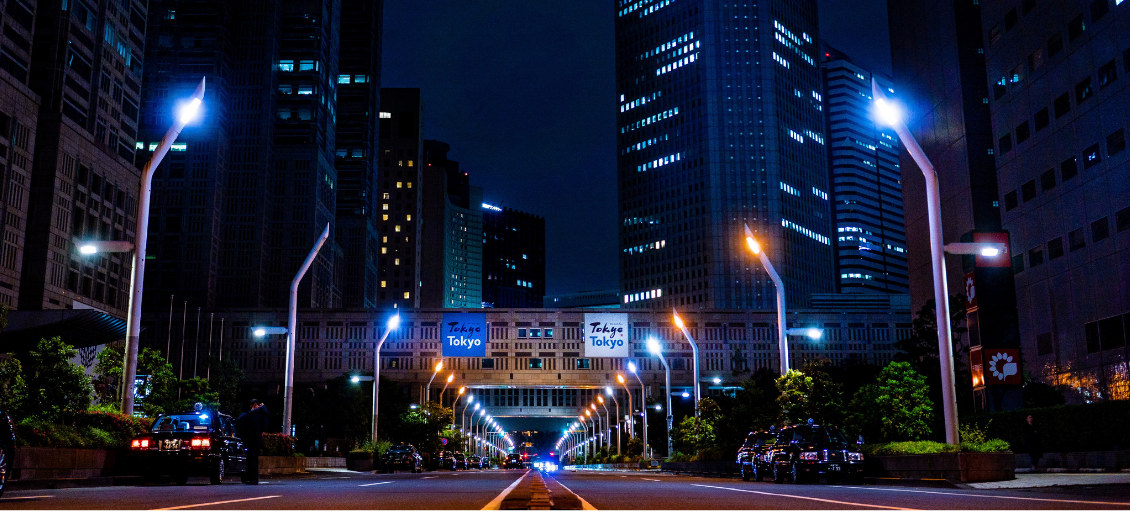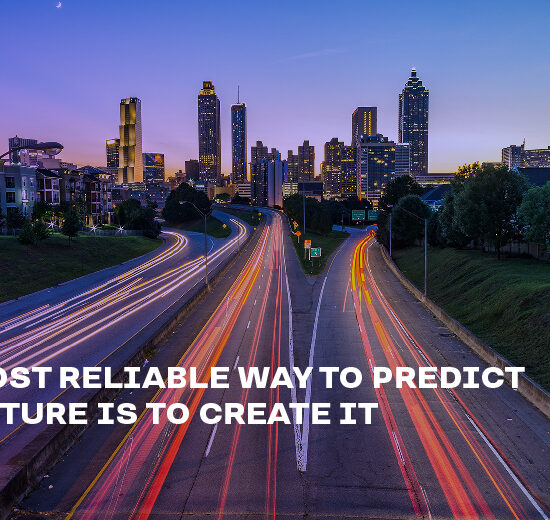Nowadays, streetlights are almost omnipresent. But in modern times, the function of a streetlight is not merely ‘illumination’. In fact, today’s streetlights have the potential to literally be the ‘eyes and ears’ of authorities on the streets. They can give information about anything ranging from traffic and weather conditions, to location identification and crime detection, all in real time! In other words, streetlights are the means through which authorities can make informed decisions, solve problems as they occur and get trend analytics, using which they can build a more foreseeable future for cities.
But at the same time, conventional streetlights amount to a staggering 50% of any city’s average energy consumption. The Co2 emissions from streetlights alone are comprise a significant chunk of the world’s global warming stats pool. Sure, LEDs can serve as an immediate remedy to cut costs and curb soaring carbon emissions, but that’s where their functionality ends. To create a safer and more connected urban environment, where decisions are made based on highly accurate and current data, or where citizens can alert authorities about happenings, or where time between incidence and action is reduced dramatically, cities must imbibe the concept of ‘Intelligent or Smart Streetlights’. This does not mean that smart cities need to merely retrofit streetlights with gadgets that enable surveillance or monitoring or help in energy saving, but in fact create a network of ‘smart streetlights’ that can reduce the power bill and at the same time give authorities the means to make the streets safer and more commutable for vehicles and pedestrians alike.
Re-imagining the entire streetlight network from a modern perspective, and then implementing this network throughout the city, can transform the way citizens live and the way authorities take decisions.
Streetlights as a means to Gather Edge Analytics
Cities of today have a plethora of needs, from traffic and parking, to monitoring environmental conditions. And instead of deploying extravagant resources, investing and setting-up a strong, intelligent network of streetlights, can help civic authorities get a plethora of information, based on which they can formulate long-term strategies.
For example, growing population leads to growth in the number of vehicles on the road, and ultimately to traffic congestions. But with the help of Smart Streetlights, video monitoring of traffic zones can be done in real-time. This ultimately aids authorities in better predicting the patterns of pedestrians and vehicles, to make changes dynamically to the entire traffic management ecosystem.
Another painstakingly problematic concern of urbanity is parking. But by outfitting street lights with sensors, information like available parking in densely populated areas can be easily accessed, without having boots on the ground, including monitoring vehicles for parking violations.
In addition to these, mechanisms to streamline and make emergency response times better, can be easily done through streetlights. In fact, GPS of streetlights can help emergency vehicles reach specific locations much faster thereby help save lives.
On the citizen front, using data from smart streetlights, authorities can disseminate information like parking availability, traffic conditions, air quality, weather conditions, etc. to citizens through their web portals, or citizen app.
Streetlights as a tool to Monitor Environmental Conditions
Air toxicity, presence of harmful chemicals in the atmosphere, pollen and every growing pollution; the air we breathe is far from being pure. But with the help of smart environmental sensors on street lights, we can get comprehensive local intelligence, as micro as street-by-street, making it easier for authorities to take corrective measures to improve the quality of air in such areas.
Apart from monitoring air quality, streetlights are also a great source to accurately compile weather patterns. Armed with these latest reports, seasonal fluctuations, temperatures and even upcoming weather alerts can be issued for the general public.
Streetlights as a tool to Reduce Carbon Footprint
Carbon emissions are perhaps the biggest concern that growing numbers of streetlights pose. However, simply by converting to smart LED street lights, cities can almost immediately reduce their carbon emissions exponentially. Also, it is a fact that LEDs consume much less energy. This feature, combined with the technology that enables streetlights to recognize the conditions within the environment and adjust energy use accordingly, helps not only in saving energy but also in further reducing the carbon footprint of cities.
Streetlights as a New Revenue Stream
Smart streetlights besides being a tool for gathering intelligence, acquiring information and monitoring localities, can also be used as an effective revenue stream by authorities. For example, cities can lease digital advertising capabilities of streetlights to agencies for advertising purposes and also dynamically change content on such digital kiosks. Another way is to allow lease strategic light poles to companies for enabling wi-fi hotspots. This can not only help authorities in bettering their wireless infrastructure, but also open up a whole new revenue pattern, of digital connectivity for citizens. It’d not be wrong to say that modern streetlights are the real-estate of civic authorities, that can be leased or rented for multiple purposes.
Streetlights as a Tool to Optimize Overall Operational Efficiency
An average city has thousands of streetlight poles, and at any given point in time, at least one or more may be faulty. Manually detecting faults and overall maintenance of this scattered infrastructure is a very costly affair. But with smart streetlights, authorities can accurately detect faults as they happen and plan maintenance dynamically. Furthermore, in high traffic areas, where maintenance equipment can create congestion, with smart street lighting, dynamic schedules of maintenance can be created based on optimal time of the day to ensure swifter results without causing inconvenience to citizens.
In terms of creating a smart and connected streetlight infrastructure, it is always recommended that starting from the ground up, by installing smart poles. But that does not mean that cities that are on a strict budget should not reap the benefits of having smarter streetlights. In fact, outfitting luminaires with technologies concurrent with smart street lights, transforming old poles into smart poles can be a very swifter and more cost-effective measure for old cities.
The Smart Way forward for Smart Cities
Using integrated technology, AMNEX has transformed streetlights to track traffic flows, act as communication arrays, and do much more than mere auto on & off. Combined with enhanced energy efficiency we’re illuminating the path to safety.
We’re enabling streetlights to become multi-purpose tools for cities’ progress, by empowering civic authorities with features like metering, monitoring, controlling and management of the entire streetlight infrastructure, through a single platform. For example, by connecting 20000+ streetlights by installing of 100w & 60W smart led luminaires, at one of our client sites, we have helped reduce 70%+ carbon emissions and contributed to at least 30% savings in total energy consumption and helped reduce at least 77% of the total energy bill.
If we consider the overall scenario of India alone; the streetlights of country’s 300 cities, makeup for 60% of municipal energy budget/ One metro city on an average has 0.5Mn street lights consuming 560 Mn units of electricity annually. This massive consumption is equivalent to 3.95 lakh metric tons of Co2. But simply by setting up a smart streetlight infrastructure, a metro city can save up to 85% on energy bills and have great impact on its carbon, which is equivalent to planting and sustaining 8 lakh tree-seedlings for a period of 10 years! Now imagine if adopting smart streetlights in just one city can bring about a dramatic difference, what can a full-scale implementation of connected street lights can do for the progress of the country.
We’re ready to embrace this challenge… we are ready to make streetlights, the next step to urban evolution.



